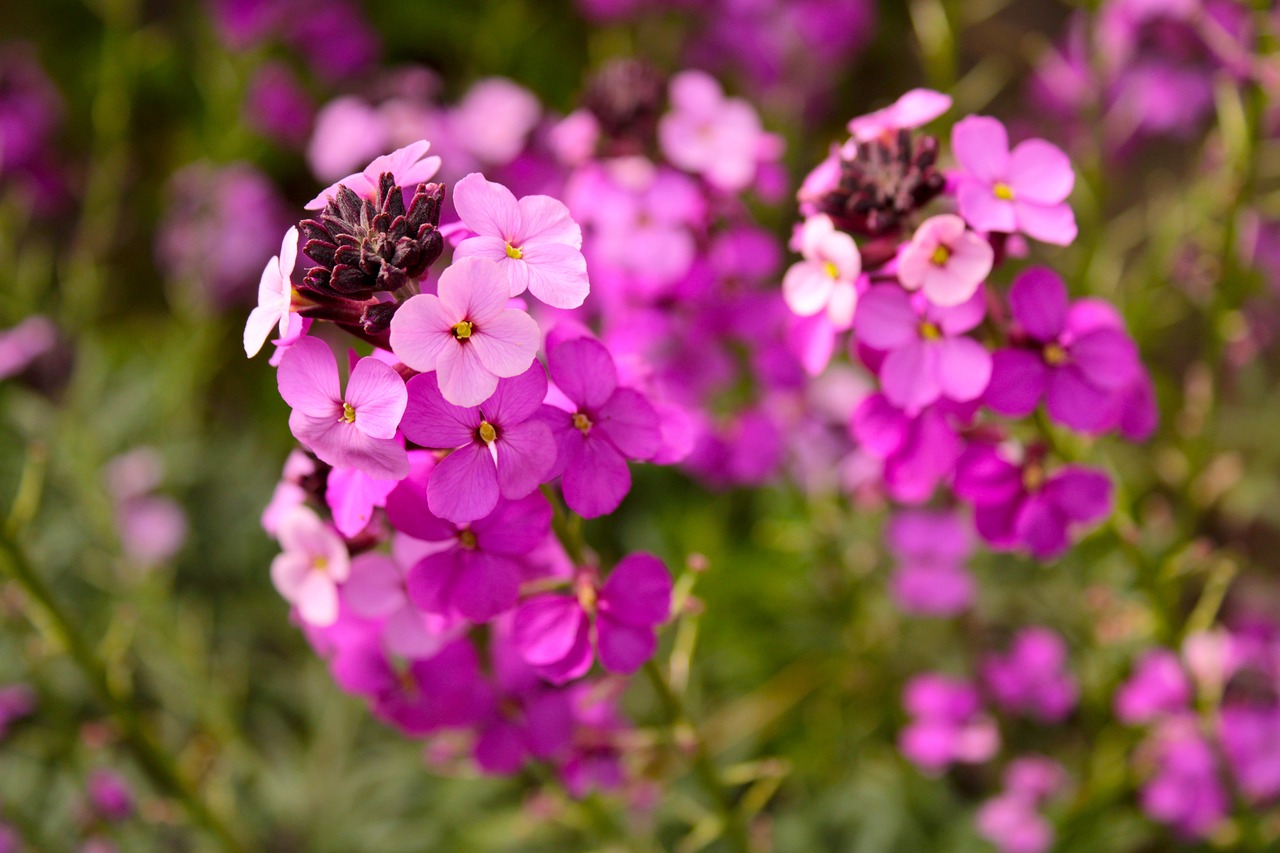Erysimum: Features and Care

Erysimum, known for its vibrant clusters of small flowers, is a perennial or annual plant that brings color and charm to any garden. Loved worldwide for its striking hues and hardy nature, it is a popular choice for both garden beds and containers.
This article explores the basics of Erysimum, its cultural significance, historical background, and tips for successful cultivation.
Basic Information
- Scientific Name: Erysimum
- Family: Brassicaceae
- Origin: Europe, Asia, North Africa
- Appearance: Erysimum displays clusters of small, brightly colored flowers in shades of orange, yellow, purple, red, and more. The plant grows upright with slender leaves, reaching heights of 30 to 60 cm. Its long blooming period adds a splash of color to gardens from spring to early summer.
- Blooming Season: March to June, with longer blooming times in mild climates.
Cultural Significance Around the World

Erysimum is cherished across Europe for its vibrant hues and fragrant blossoms. Known as “wallflowers” in English-speaking countries, they are often planted along garden borders or near stone walls, adding a rustic charm to cottage gardens. Their ability to blend seamlessly with other plants makes them a staple in traditional European garden aesthetics.
The flower’s symbolism includes “fidelity” and “affection,” making it a popular choice for conveying sentiments of friendship and loyalty. As a herald of spring, Erysimum is also associated with the end of winter and the celebration of new beginnings.
Historical Episodes
Erysimum has enchanted people since ancient times with its bright colors and pleasant scent. During the Middle Ages, it was cultivated in monastery gardens for its ornamental value and was sometimes used in religious ceremonies, earning it the nickname “God’s flower.” Its cheerful appearance and long-lasting blooms symbolized hope and renewal.
In Renaissance Europe, Erysimum gained popularity in the formal gardens of nobility. Italian and French aristocrats often incorporated the plant into their garden designs, appreciating its fragrant flowers and vivid colors as a representation of opulence and beauty.
Gardening Advice

Erysimum is a hardy and easy-to-grow plant, making it an excellent choice for gardeners of all levels. It thrives in sunny locations but can also tolerate partial shade. The ideal soil is well-drained yet moist, ensuring the roots remain healthy without waterlogging. Water when the topsoil feels dry, but avoid overwatering.
Applying fertilizer in early spring encourages more abundant flowering. Regularly deadheading spent blooms promotes continuous flowering throughout the season. For perennial varieties, cutting back the foliage in late autumn helps prepare the plant for the next growing season, as it will sprout again from the roots in spring.
Erysimum also works well as a companion plant, complementing other flowers and herbs to create a harmonious garden display. Its cold tolerance makes it suitable for cultivation even in cooler climates.
Conclusion
Erysimum’s vibrant colors, delightful fragrance, and hardy nature make it a versatile and rewarding addition to any garden. Its rich cultural and historical ties add depth to its charm, making it a flower with both aesthetic and symbolic value.
Bring a burst of spring and early summer color to your home garden with Erysimum and enjoy its timeless appeal.




